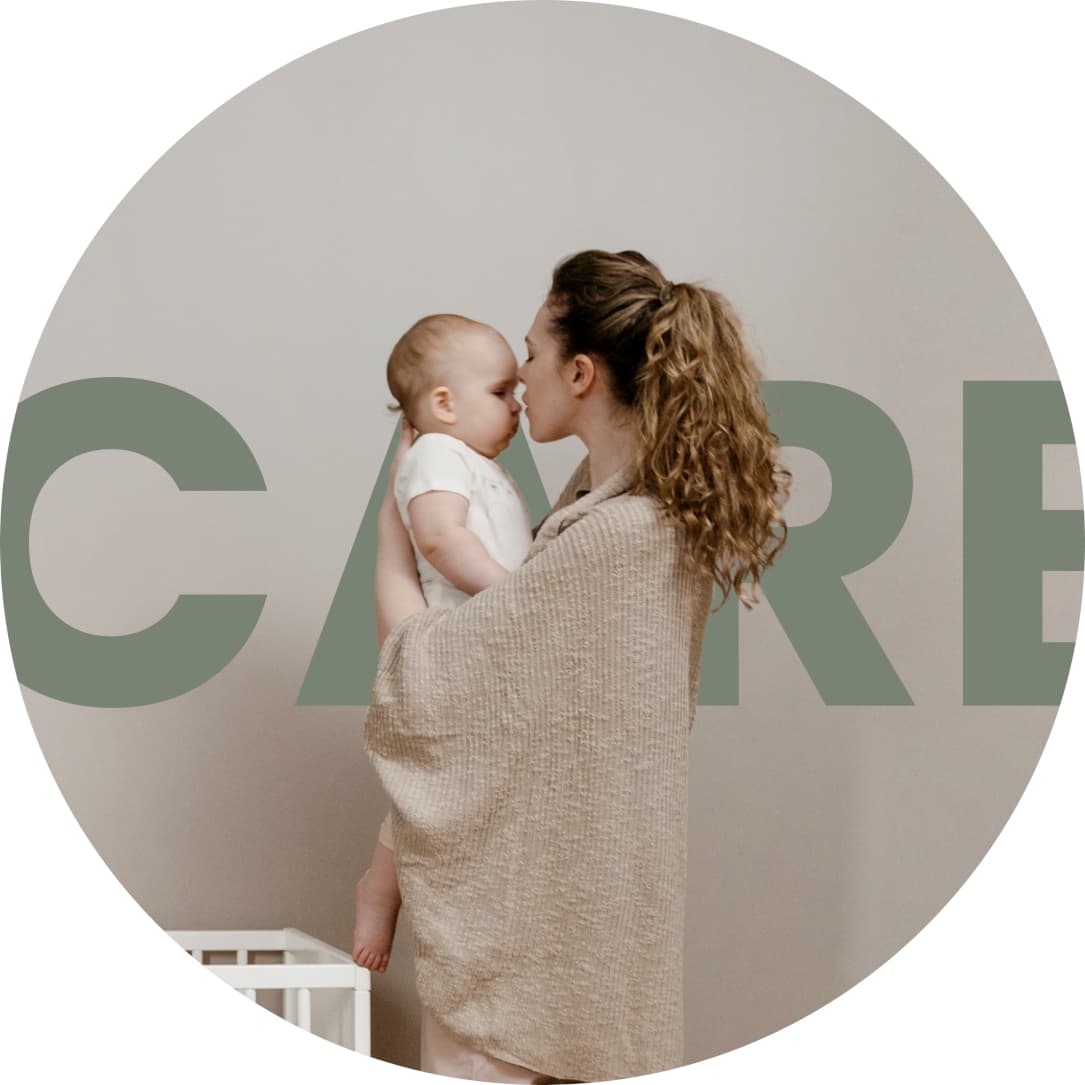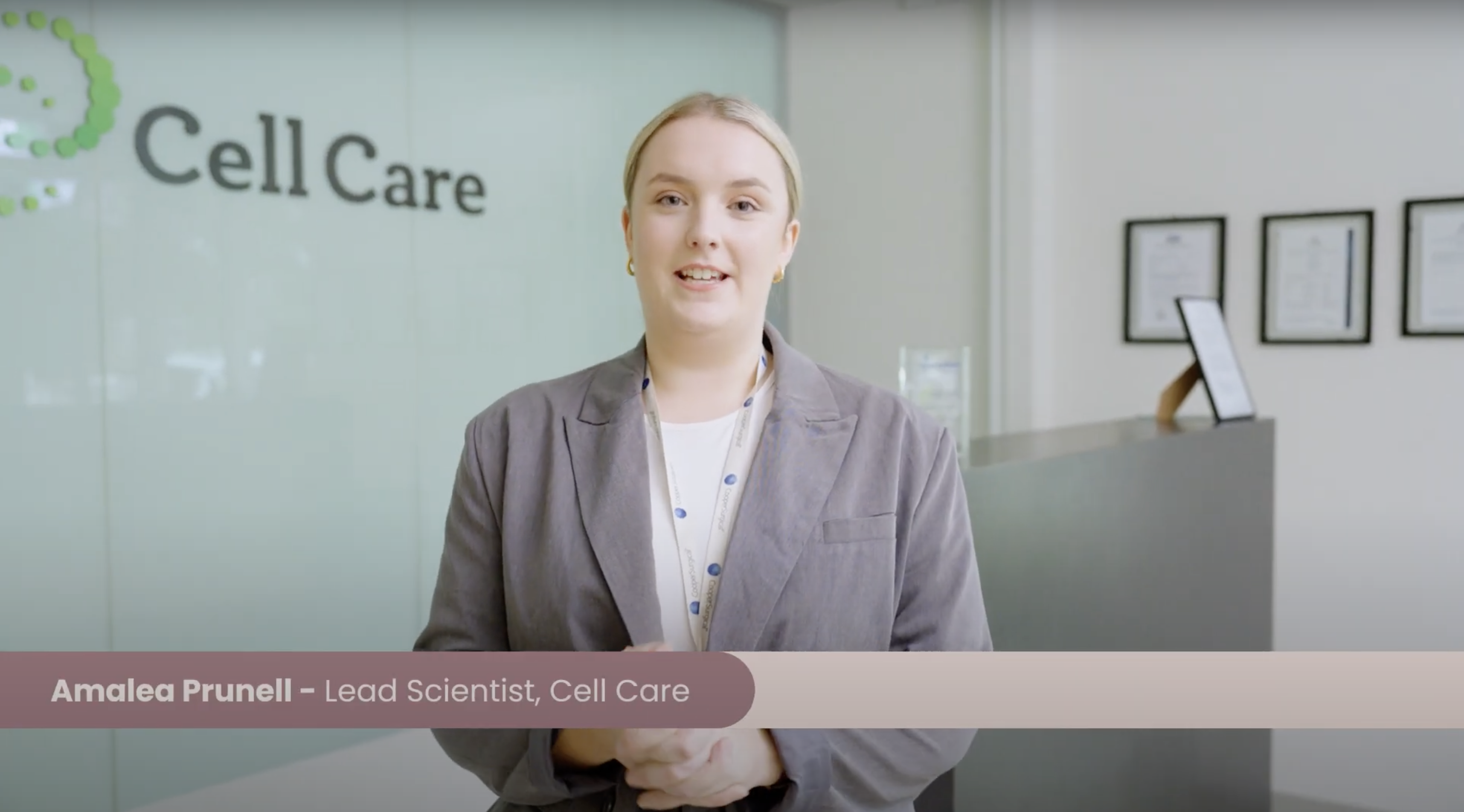Why store your baby’s cord blood and tissue?
Cord blood and cord tissue are rich in powerful stem cells and can only be collected at birth for potential future use.
Stem cells can be used now for medical treatments, and there is an expanding range of new therapies being researched that may use cord blood and tissue in the future.
The process
Enrol
Cell Care offers complete online enrolment. It’s a simple 4-step process that takes approximately 10 minutes to complete.
Collect
Cell Care will courier a personalised collection kit directly to your home. Take the kit with you to hospital where collection of cord blood and tissue is performed by your lead maternity carer, obstetrician or midwife at birth.
Store
Once we have received your baby’s cord blood and tissue at our laboratory, it is processed and stored for potential future use.
Choose a storage option that suits your family
Prepaid storage plans
With prepaid storage all processing and storage fees are combined. You can prepay 20 or 30 years of storage, or our new Lifetime storage plan. Pay either at birth or in monthly payments over 12 or 24 months.
Annual storage plans
With annual storage you are required to pay an initial processing fee and then an ongoing annual storage fee for as long as you wish to continue.
*Storage fees are subject to change
Frequently Asked Questions
Why store your baby's cord blood?
Cord blood and cord tissue are rich in powerful stem cells and can only be collected at birth for potential future use.
Stem cells are being used today for medical treatments, and there is an increasing range of new therapies being investigated that anticipate using cord blood and tissue in the future. Your baby's stem cells are a perfect match for your child.
How is cord blood and tissue collected?
Cord blood and tissue is collected by a trained obstetrician or midwife.
The collection happens immediately after your baby is born and the cord has been clamped and cut. The cord blood is collected into a sterile collection bag. The procedure is painless for both mother and baby, and takes around three minutes. The cord tissue is collected after the placenta has been delivered. Find out how it works here.
Does it matter which type of birth I have?
Cord blood and tissue collection is not affected by your method of delivery. The collection takes place once your baby is born and the umbilical cord has been cut and clamped.
If you are having a caesarean delivery, our collection pack is entirely sterile and suitable for use in theatre.
Where is my baby’s cord blood and tissue stored?
Cell Care has its own state-of-the-art processing and storage facility in Melbourne, Australia. The facility has controlled swipe card access, constant CCTV security monitoring, and back-to-base intrusion alarms monitored by an external security company 365 days a year. Critical areas have been temperature-mapped and are continuously monitored. Each cryogenic storage vessel is supplied with liquid nitrogen from a 12,000L bulk liquid nitrogen tank. This is via vacuum insulated piping that ensures the cells have a continuous source of liquid nitrogen.
How long can the stem cells be stored for?
Scientists have determined that all cell activity stops once the cells are frozen and stored at cryogenic temperatures. There is no potential for further damage because there is no molecular movement meaning the cells can be stored for extended amounts of time without compromising their integrity.
Currently cord blood stem cells do not have a use-by date. Published research suggests that there is no cell degeneration after 30 years of cryopreservation. Comparatively, bone marrow and other human tissues and cells have been stored for decades and have stayed viable. There is no reason to believe that the same would not be true for cord blood and tissue stem cells.



